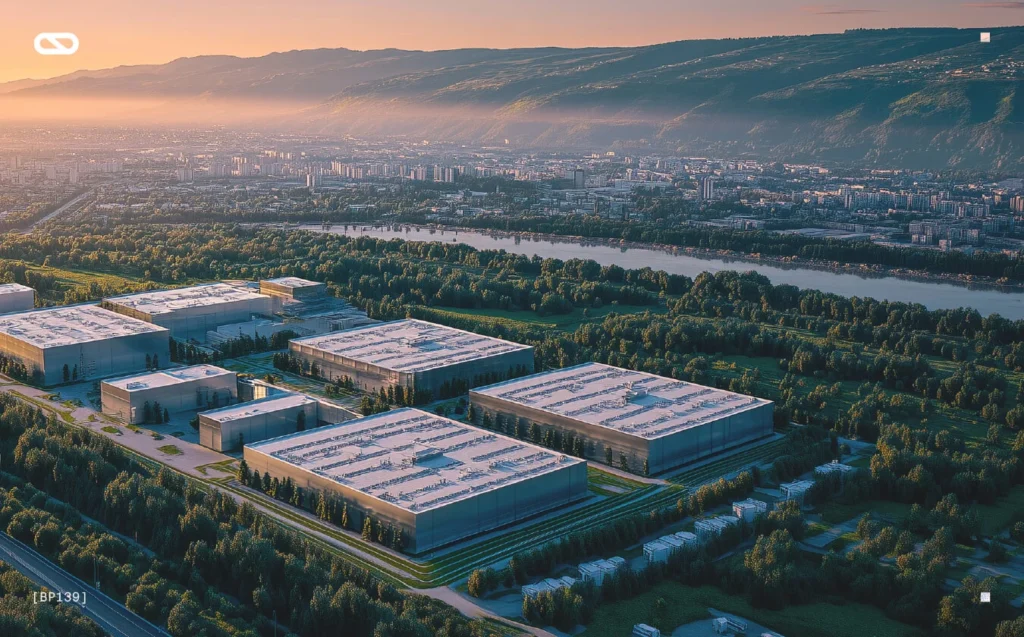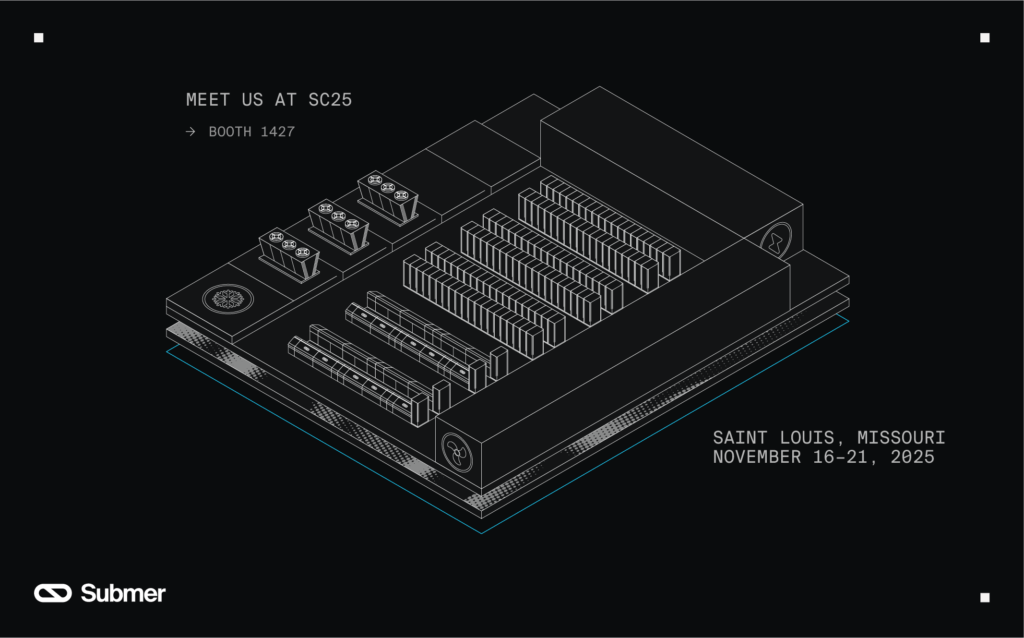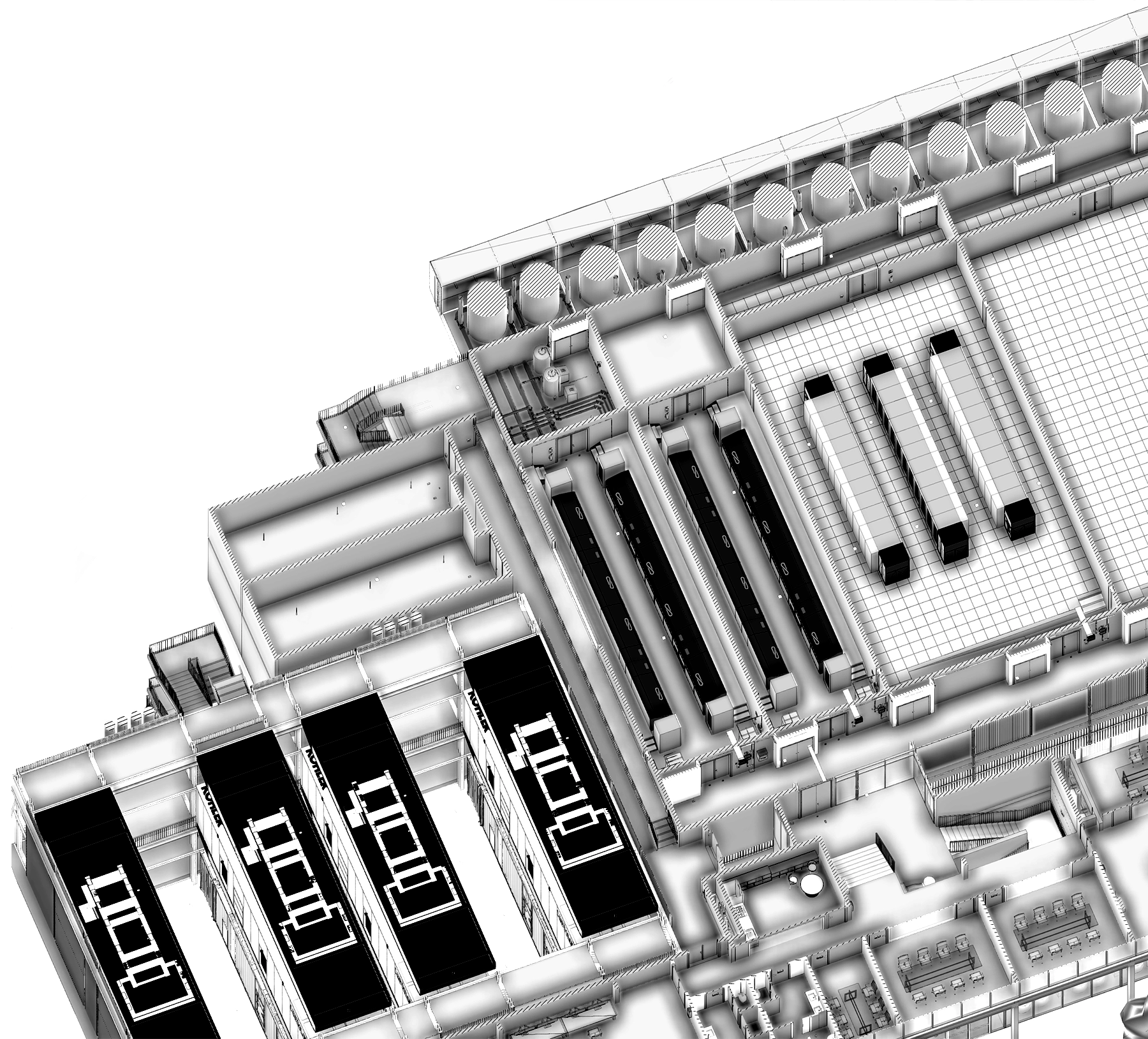In this article we will continue on our previous post focused on an introduction to the carbon footprints of datacenters. In this piece, we will focus on the end goal of all this work, getting datacenters to decarbonize. As with the measurement side of things, decarbonization is not clear cut. We will look to bring clarity to certain terminology to help datacenter stakeholders navigate this complex topic.
Intro – global decarbonization trends
The story of decarbonization has been one of mixed success. On one side, we have seen remarkable progress in the Greenhouse Gas (GHG) intensity of certain sectors and economies. Even more heartening are the signs of developing nations partially bypassing the dangerous path of fossil fuel dependency undertaken by Western nations.
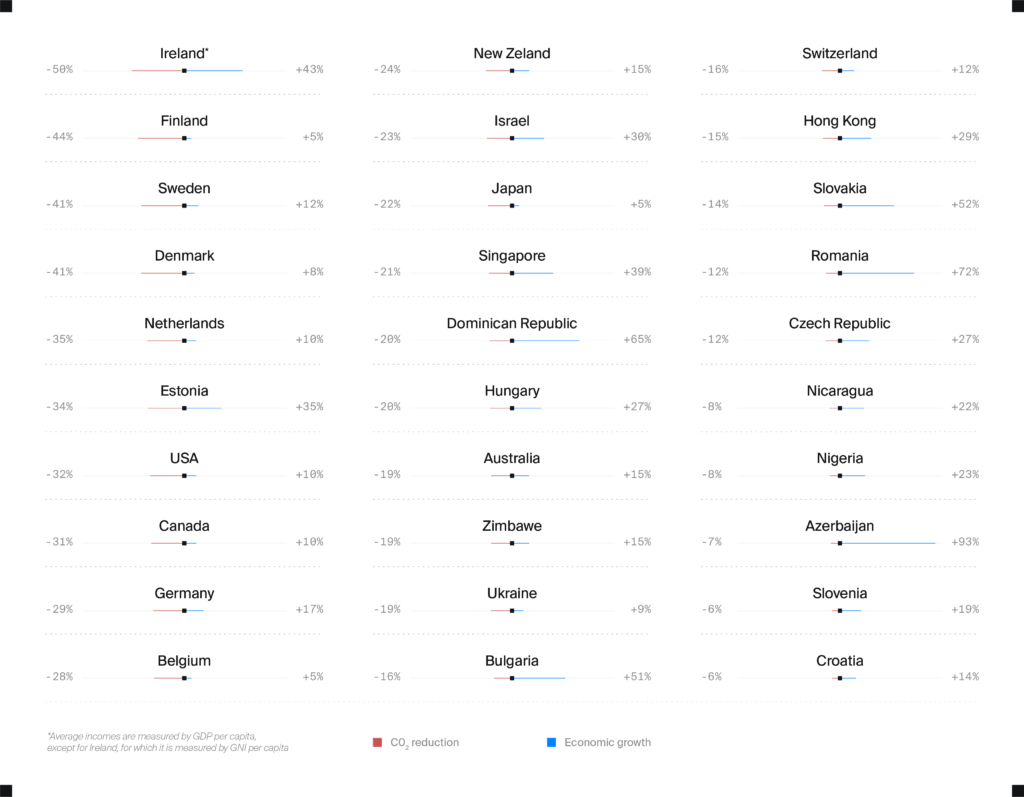
This is by all means not a done deal, and much work remains to speed up the pace of this decoupling of economic growth and GHG emissions. The goal of limiting warming to 1.5ºC is practically impossible1. Higher temperatures are already causing widespread damage which will only worsen. We urgently require conscious reimagining of how economies function to remain below 2ºC.
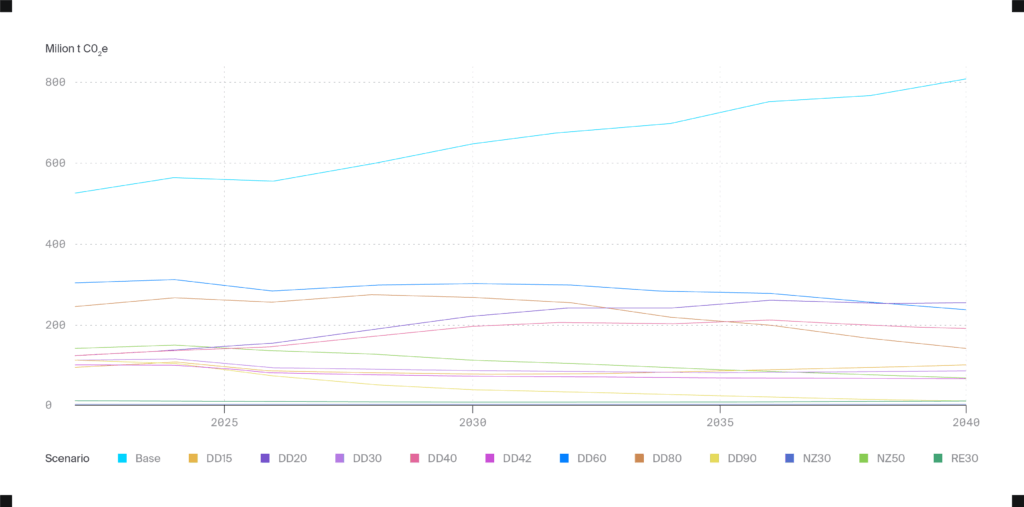
Source: World Bank Power System Decarbonization Pathways – Methodology for the scenarios in the graph are described in detail here.
The World Bank’s Power System Decarbonization Pathways clearly shows the difference between the business-as-usual “Base” approach, which is clearly on a upwards trajectory through 2040 and beyond, and the other scenarios requiring large amounts of clean energy. Recent analysis has shown that datacenters will continue to be heavily reliant on fossil fuels such as natural gas in the short term, further bolstering emissions2. The intermittence, locational price differences and unequal deployment of renewable energy mean that the grid is not decarbonizing at the same rate across regions.
Specifically, some industries show worrying signs of going in the opposite direction of what is needed. These are industries experiencing tremendous economic growth and their intensities have also improved. However, their absolute emissions are trending upwards and requiring fossil fuel generation to uphold this growth. One example, aviation, is still a small part of global emissions, but their proportion has grown quickly, and it is still considered one of the hardest industries to decarbonize2.
Decarbonizing the datacenter sector
As for datacenters specifically, the jury is still out regarding their effect on total emissions. This is mainly to do with lack of data and transparency. For one, the exact total of GHG emissions has been a slippery number to nail down. Estimates in recent years vary from less than 1%3 of global GHG emissions, up to 4%4 in the higher ranges. A large, unknown variable is the impact of AI on electricity consumption. On one hand, enormous progress has been made in overall efficiency per workload in newer generations of technology5. On the flip side, growth projections from major forecasters and third party analysts such as the IEA, Lawrence Berkeley National Lab and EPRI are indicating the possibility of enormous jumps in absolute electricity demand in the coming years and decades.
This puts datacenters in a bit of a pickle. The wider economy demands rapid decarbonization while this sector’s potential impact on emissions grows. It does not help that the majority of datacenters are legacy and surprisingly inefficient, inducing higher costs and energy consumption, which of course result in higher GHG emissions.
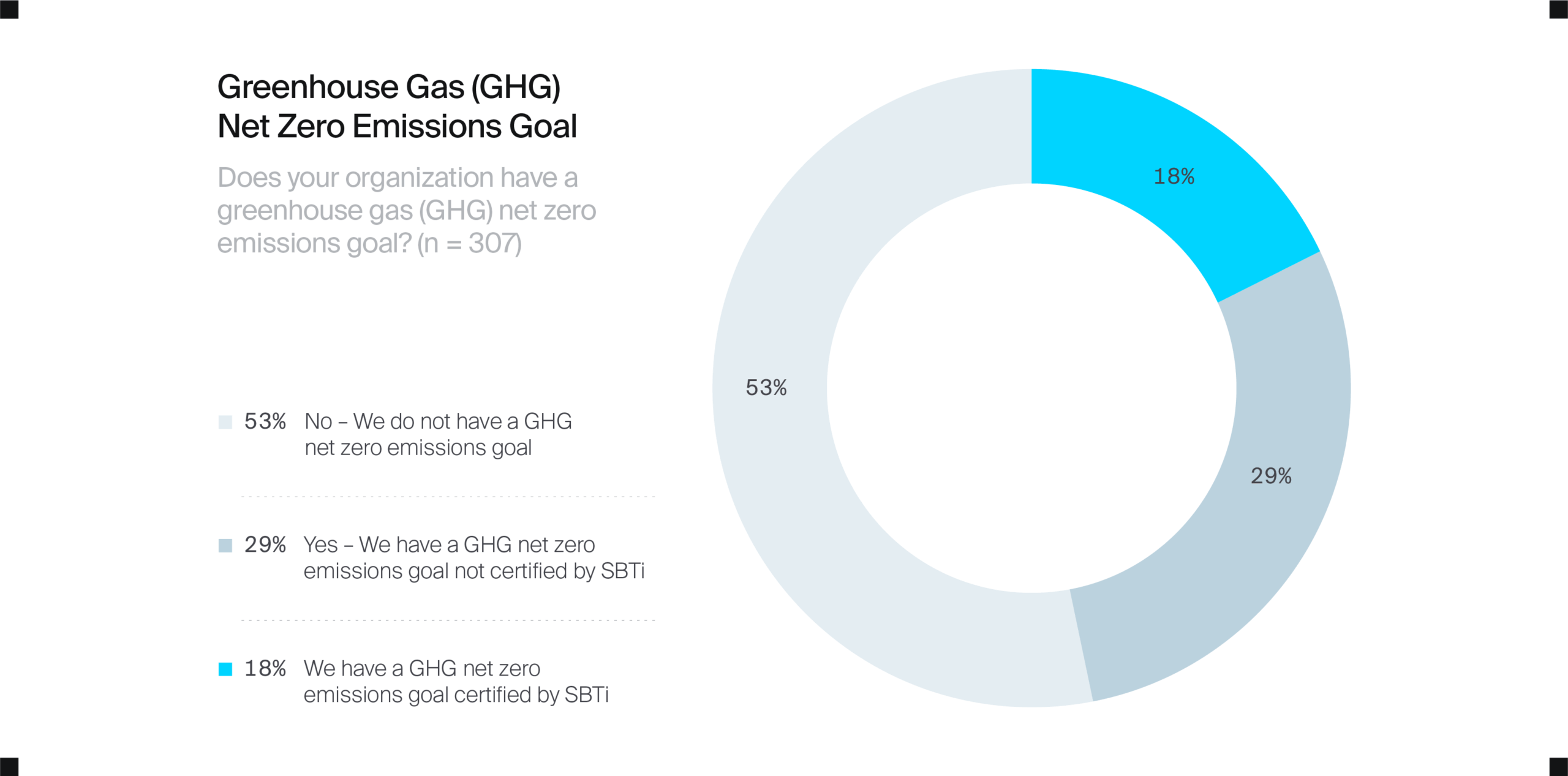
Although large operators have taken steps to set targets tied to global standards, uptake is still low, with less than 50% having any kind of target set in 2024. The latest Uptime Intelligence Sustainability Survey showed that 18% of respondents say they have an net zero target aligned with Science Based Targets Institute (SBTi)6.
Terminology: Carbon Neutral vs Net Zero
This leads to an important distinction in the wording used to define targets. Decarbonization jargon often allows organizations to appear on track towards carbon-free operations. It requires deep knowledge in the space to distinguish between the truly committed and those who are only using decarbonization as a selling tactic. Greenwashing laws are set to tackle this, but these still remain far from being a political reality with standardized governance and well-funded regulators.
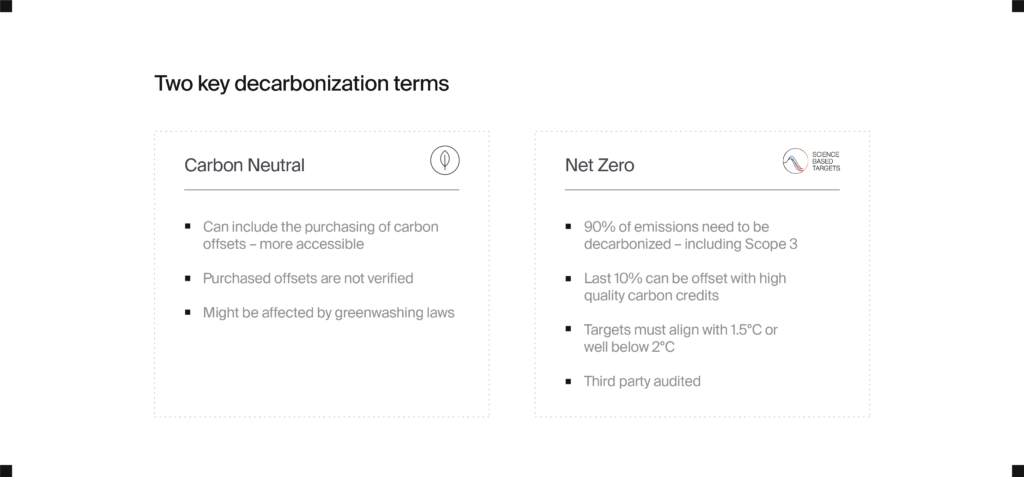
With legislation still a ways away from regulating decarbonization pathways, voluntary target-setting organizations have to fill the gap. This has many risks, including easy target pullback from datacenter companies. That being said, SBTi, a major target-setting organization, has continued to show strong growth in commitments.
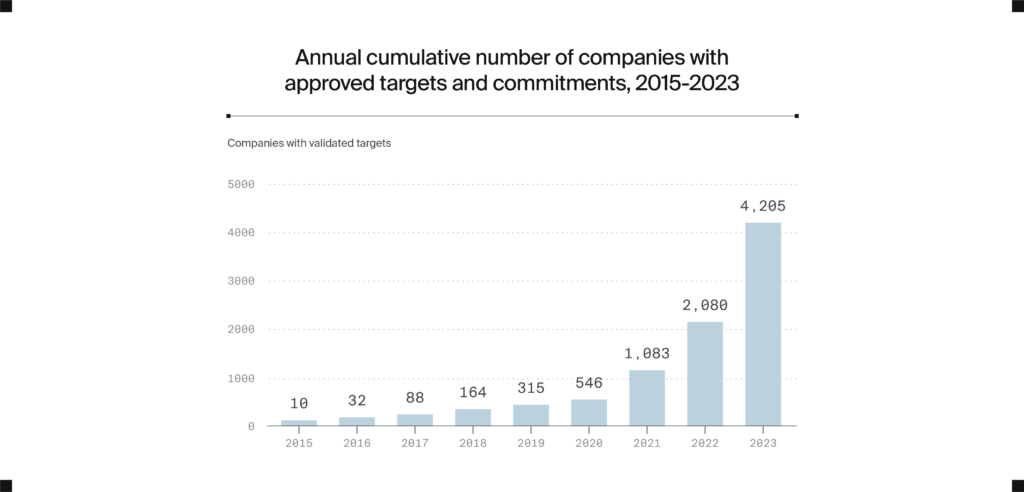
SBTi’s methodology remains the most robust and globally recognized, despite recent controversy regarding their decision to include the use of offsets in Net Zero goals.
Outside organizations such as SBTi, it is still the Wild West. Operators declaring they have ambitions to be Carbon Neutral or non-SBTi aligned Net Zero risk losing legitimacy if they come up empty handed.
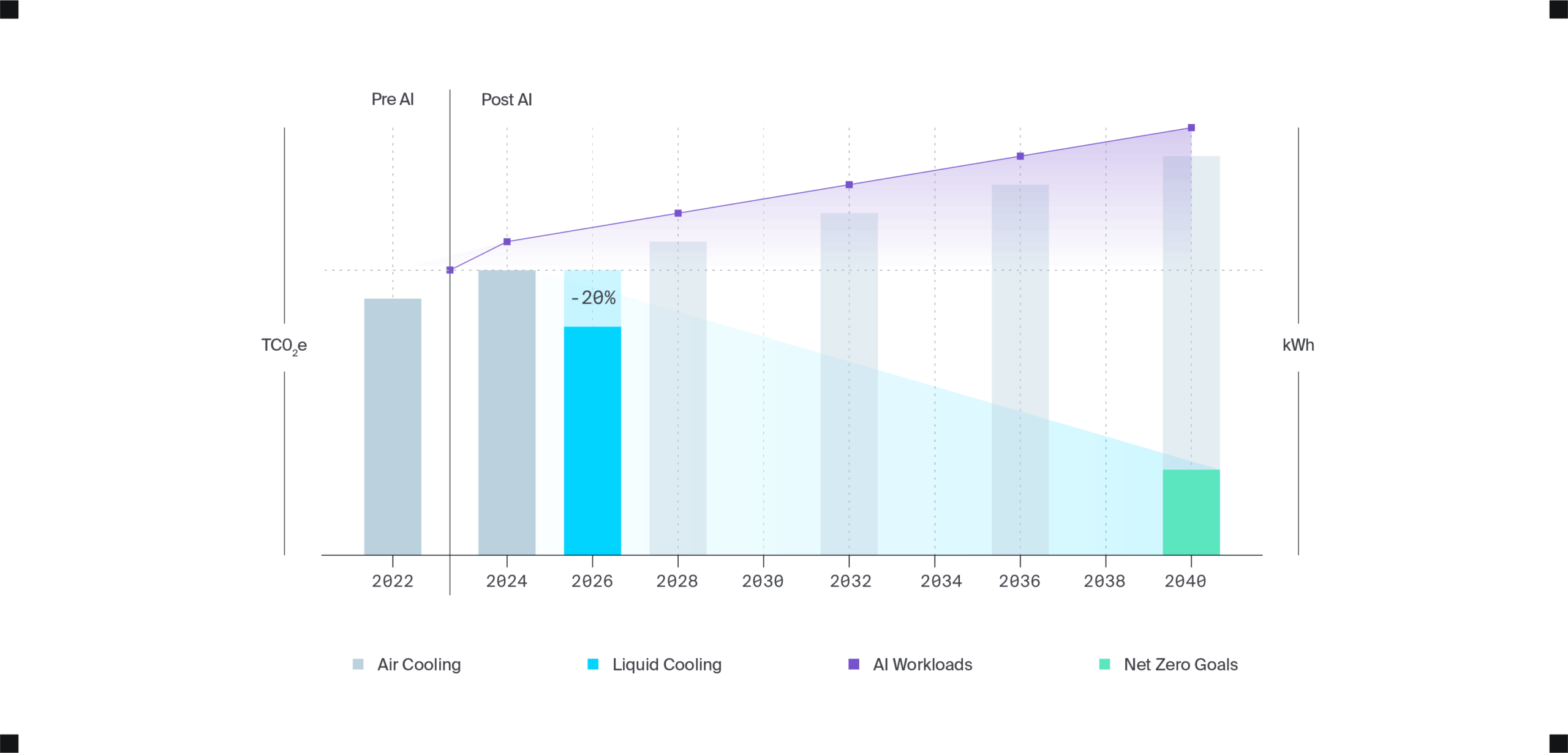
Mindset change for decarbonization
Due to the breakneck speed of the industry, the only way datacenters will be able to reduce their emissions in time will be by thoughtfully integrating decarbonization into their business strategy and decision-making processes. Whether it is a legacy datacenter or a new build, end users and operators will need to measure their success by using internal carbon pricing as a KPI to ensure long term financial and environmental sustainability.
As a very electrified industry, a huge lever for decarbonization is energy efficiency. Cooling infrastructure that allows for a maximum amount of free cooling to limit its energy requirements should be deployed even when it is not a performance requirement. Liquid cooling is a great example of this as its dissipation capacity allows for precious clean electrons to be used productively for workloads. The next frontier is IT equipment efficiency, which continues to be less of a priority in these early days of AI. However, legislation such as the EED includes requirements to begin tracking these types of metrics, giving more visibility into the efficiency performance at the GPU, CPU and storage levels.
More granular data will aid this endeavor. One promising example in grid decarbonization comes from Clean Incentive, who recently announced its first renewable energy projects to its registry. This registry looks to incentivize the deployment of renewable energy in locations where the grid is at its dirtiest. This still remains part of the voluntary market, but this level of detail can help legislators to require better transparency to nudge operators in the right direction. Moreover, certain key players are already leveraging this data to make true reductions in carbon emissions.
It is also particularly important to highlight that decarbonization strategies need to be undertaken and led by developing nations, many of which still have the largest gap in power requirements and will be the most impacted by climate change. In this regard, emission-heavy sources of energy will need to be leapfrogged as these economies digitalize and require more datacenters. Datacenters operators and governments must understand the challenges to decarbonization not only at a local and national level, but need to strategize globally to ensure success.
Getting to Net Zero is an urgent necessity. The journey needs to accelerate exponentially in order for the world to meet the Paris Agreement and limit the damage already caused. For datacenters, this requires building and repurposing locations with clear plans on how to get to zero emissions. It also necessitates difficult decisions and tradeoffs. Moreover, datacenters in developed economies have an additional responsibility to lead the way in this space. A new natural gas plant coming online today to help run AI models will advance innovation but will entail continued emissions for years to come. Every step towards decarbonization counts.
Bibliography
- Emissions Gap Report 2024, UN Environment Programme, ↩︎
- Oil bosses have big hopes for the AI boom, The Economist, ↩︎
- Data Centres and Data Transmission Networks, IEA ↩︎
- Data Centers: Rapid Growth Will Test U.S. Tech Sector’s Decarbonization Ambitions, S&P Global ↩︎
- Server Energy Efficiency: Five Key Insights, The Uptime Institute ↩︎
- Uptime Institute Sustainability Survey Results, Uptime Institute, April 2025 ↩︎
